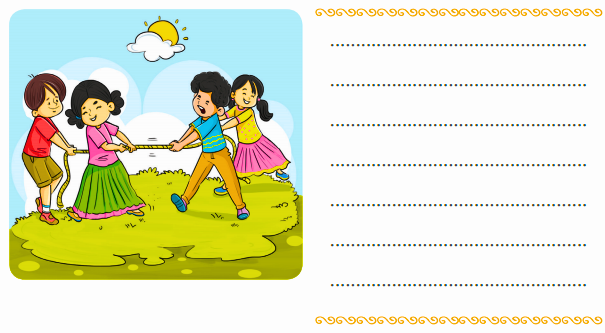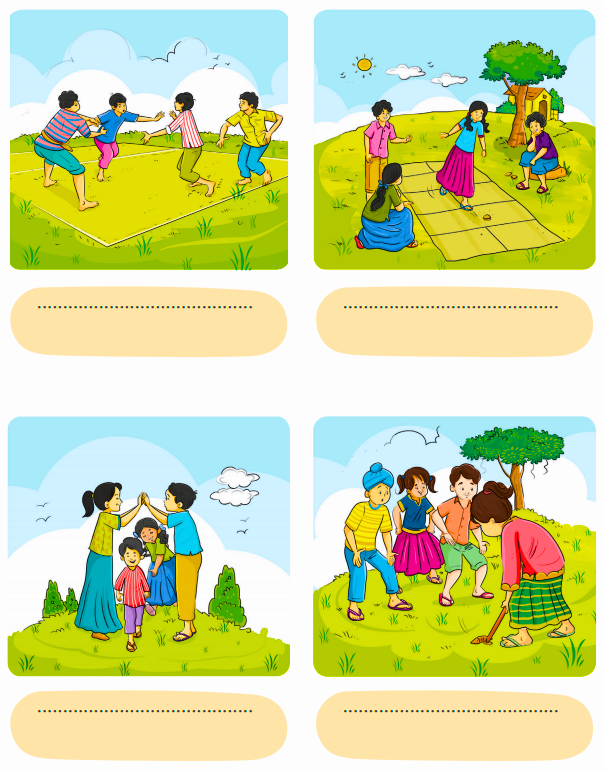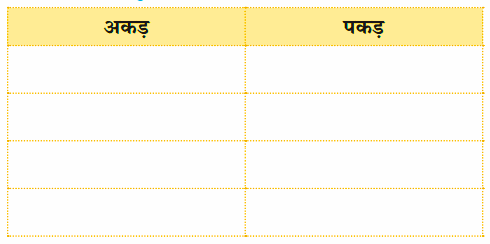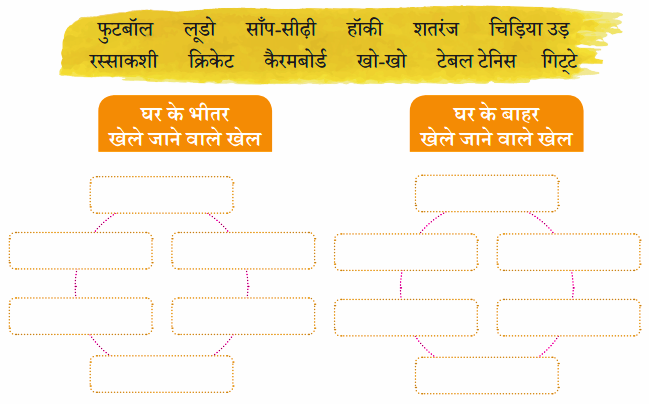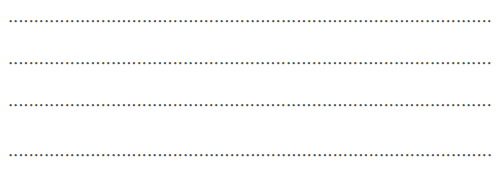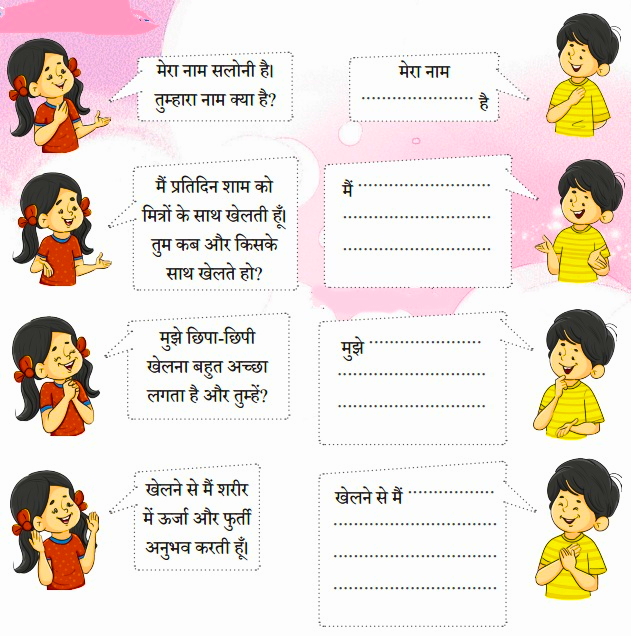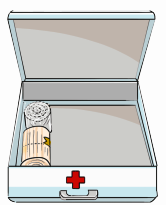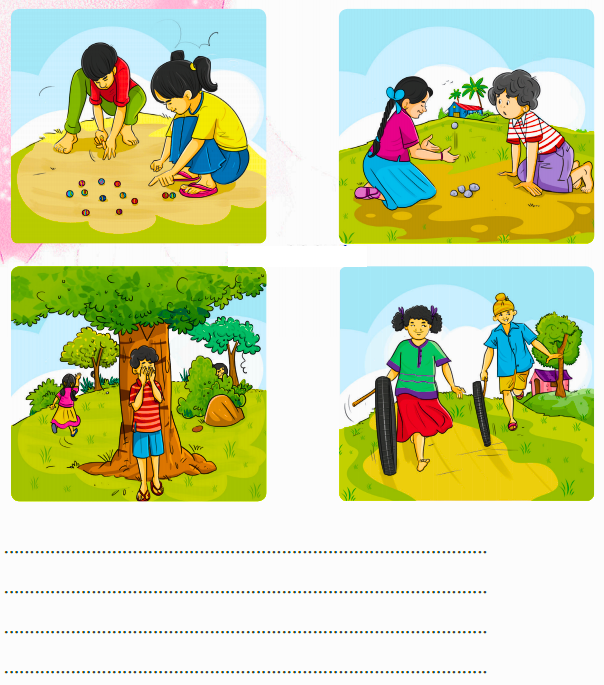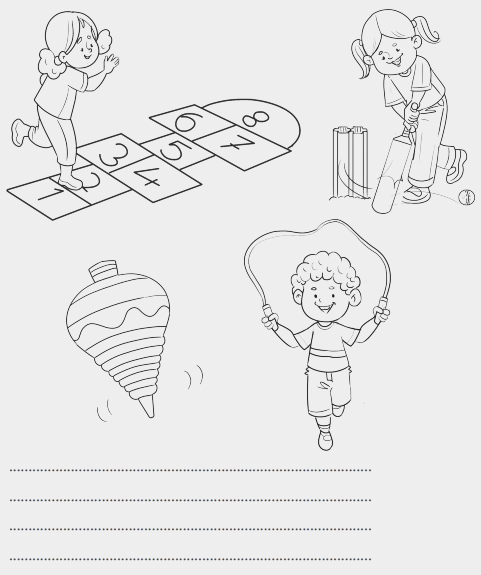Rassakashi Class 3 Questions and Answers - Free PDF Download
FAQs on NCERT Solutions For Class 3 Hindi Chapter 10 Rassakashi (2025-26)
1. What is the title of this chapter and which class is it for?
The chapter is titled Rassakashi and is part of NCERT Solutions Class 3 Hindi Chapter 10.
2. What is the main theme of Rassakashi?
The main theme revolves around teamwork, strength, and the spirit of competition in a traditional rope-pulling game.
3. How does Khel Geet enhance the learning experience?
The song encourages active participation and creates an energetic atmosphere, promoting physical engagement and enjoyment.
4. What values do students learn from chapter 10?
Students learn about the importance of cooperation, physical fitness, and cultural appreciation through traditional games.
5. Are there any FREE resources available for chapter 10?
Yes, a FREE PDF for NCERT Solutions Class 3 Hindi Chapter 10 Rassakashi can be downloaded from Vedantu website for better understanding and practice.
6. How does Chapter 10 promote physical fitness?
The chapter encourages children to engage in rope-pulling games, promoting physical activity and health.
7. What critical thinking skills can students develop from this chapter 10?
Students can develop problem-solving and strategic thinking skills while participating in the game and navigating challenges.
8. How does Rassakashi enhance cultural awareness?
The chapter introduces students to traditional games, helping them appreciate their cultural heritage and the joy of social interactions.
9. What is the significance of teamwork in the chapter 10?
Teamwork is essential in achieving success in the game, teaching students to support and collaborate.
10. How can NCERT Solutions assist students with this chapter 10?
NCERT Solutions provides essential guidance and practice materials to help students grasp the concepts effectively and prepare for their exams.























